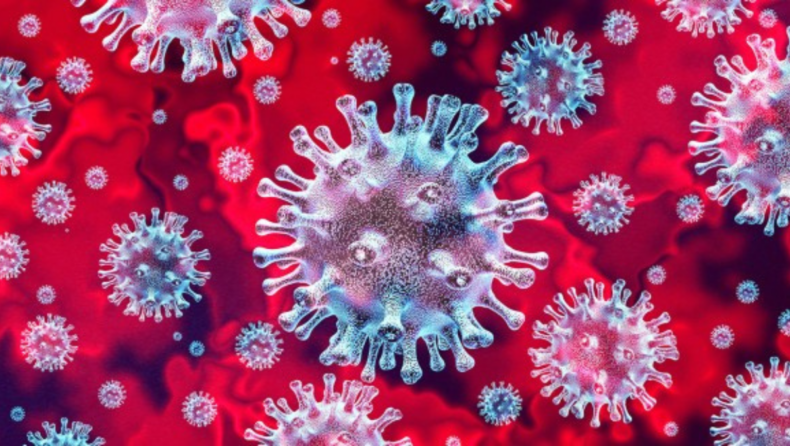According to the model, women are twice as likely as males to have lengthy COVID-19, and the risk rises sharply for serious infections requiring hospitalisation, according to the paper. According to the findings, long COVID-19 is predicted to emerge in one in three women and one in five men.
1) “Millions might have to put up with it for a long time.”
The World Health Organization (WHO) said on Tuesday that at least 17 million persons in the WHO European Region had lengthy COVID in the first two years of the pandemic. The global health organisation has urged nations to take the post-COVID-19 condition seriously by investing immediately in research, recovery, and rehabilitation. It has stated that millions may have to deal with it for years to come.

Last year was the first time the WHO had acknowledged post-COVID symptoms. The WHO published a report on post-COVID illnesses in December 2021 that included a list of all the symptoms.
2) European region is the subject of a recent WHO report.
In the first two years of the pandemic, “new modelling conducted for WHO/Europe by the Institute for Health Metrics and Evaluation (IHME) at the University of Washington’s School of Medicine in the United States shows that at least 17 million individuals across the 53 Member States of the WHO European Region may have experienced post COVID-19 condition, also known as long COVID,” according to a WHO report. It also notes that an estimated 17 million people met the WHO criteria for a COVID. This suggests, according to the WHO assessment, that between 2020 and 2021, there would be a startling 307% increase in new long COVID cases.
3) It affects women twice as frequently as it affects men.
The WHO data also supports a number of academic studies that revealed women experience lengthy COVID more severely than males.
“Additionally, the modelling implies that women are twice as likely as men to have a lengthy COVID. Furthermore, one in three girls and one in five men are likely to have lengthy COVID, with the risk rising considerably in severe COVID-19 cases requiring hospitalisation “based on the WHO report.
4) Mid- to long-term COVID load affects 10% to 20% of the population.
According to the WHO, 10–20% of those who have long-term COVID are thought to experience a range of mid- and long-term consequences. Numerous researchers have similarly discovered this data.
Over 144 million people struggle with chronic COVID conditions worldwide.
5) What signs and symptoms point to a long COVID?
The WHO has mentioned weariness, dyspnea, and cognitive impairment among the long-term effects of COVID (for example, confusion, forgetfulness, or a lack of mental focus and clarity).
According to the global health monitor, chronic agony brought on by a protracted COVID is more likely to have an effect on psychological well-being.
In regards to the symptoms, the WHO cautions individuals that while they may first seem to last a long period, they may really come and go over time.
6) Other issues associated with long COVID
In addition to the above listed symptoms, extended COVID is also associated with a few extra problems.
Numerous studies have linked extended COVID to hair loss. According to a study, COVID and telogen effluvium, or excessive hair shedding, are related. The study discovered that more than 60% of persons had this illness, which manifests one to two months after a COVID infection.
Tinnitus, or the sensation of rings in the ears, is another serious problem brought on by extended COVID. Many persons who have had a COVID infection have reported having an irritating ringing or buzzing feeling in their ears. There wasn’t enough investigation on this earlier, but as more of these reports surfaced, researchers’ interest grew and they discovered a connection between the two disorders.
Tachycardia, gastric problems, deep vein thrombosis, and pulmonary embolism are further long COVID side effects.
Following COVID infection, many people also get skin problems.
7) The response of WHO to this severe situation
The global health organisation has three objectives: recognition and information exchange, research and reporting through data collection, and evidence-based rehabilitation to focus attention on extended COVID in the WHO/Europe region.
WHO/Europe has formally partnered with Long COVID Europe, a network organisation made up of 19 patient associations headquartered in Member States around the European Region, in order to address the knowledge gap surrounding long COVID.
Dr. Natasha Azzopardi-Muscat, WHO/Director Europe’s of Country Health Policies and Systems, said, “Leaving no one behind is more than just a catchphrase, and leaving people living with the effects of their COVID-19 infections while others move on with their lives is not an option.”













